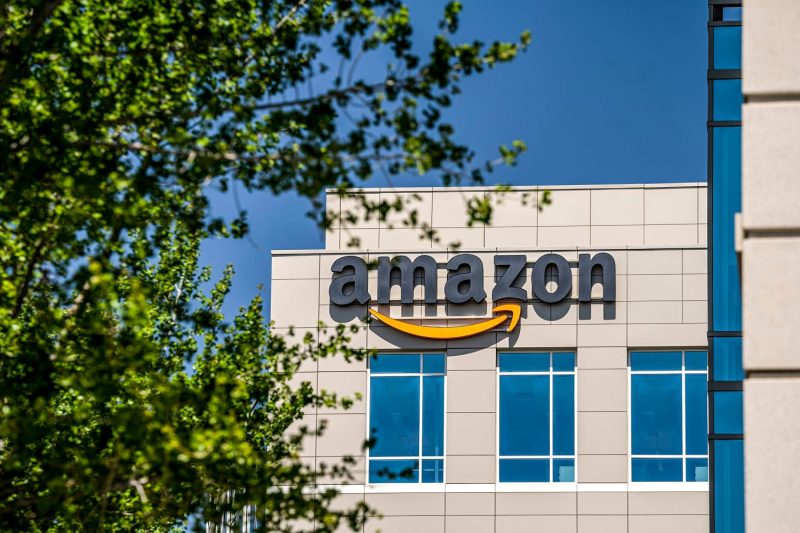The recent news from Amazon points to its plans to halt its ‘Amazon Fresh’ delivery service- this closure is significant not only for Amazon’s business particularly, but also for the broader retail landscape. The durable nature of brick and mortar stores and the practical challenges of integrating online and offline commerce are highlighted through this decision.
Amazon Fresh, which launched in 2007, has shown the behemoth’s efforts to penetrate the physical retail market for groceries. With this service, Amazon offered to deliver groceries from both Amazon-run facilities and partner brick and mortar stores directly to customers’ homes. The ‘Amazon Fresh’ business model was centered around speed and convenience, aimed at leveraging its robust delivery network to satisfy customers’ grocery needs swiftly.
Located primarily in major US cities such as Seattle, San Francisco, and New York City, the ‘Amazon Fresh’ integrated well with Amazon’s online ecosystem. With just a few clicks of a button, customers could place their orders and expect delivery within an hour or two. Amazon’s commitment to efficiency and customer satisfaction featured prominently in its rapid delivery services.
However, even with its impressive infrastructure, Amazon faced challenges in executing the delivery service. The integration of online orders with offline grocery supply chains is a complex task, fraught with logistical challenges. While Amazon possesses a sophisticated delivery network, managing perishable items like groceries requires a different level of infrastructure and attention.
The logistics for maintaining freshness, as well as the inventory management, turned out to be more complex and costly than envisaged. Delivering food from physical stores added an extra layer of difficulty as it combined the unpredictability of people-led processes with the demands of technologically-led accuracy and speed. Errors could be costly, undermining the customer experience and also resulting in food wastage.
Another hurdle faced was the negotiation of partnerships with existing grocery stores. Managing relationships, working out delivery schedules, supporting the high expectations of customers for quality while attempting to keep costs in check was indeed a tall order. These complexities might have driven Amazon to reconsider the utility of this particular service.
Amazon’s decision to shutter ‘Amazon Fresh’ reveals the resilience of the physical retail market, as well as the intricacies of combining myriad operations. While e-commerce is proliferating, certain sectors like grocery remain strongly rooted in physical stores. Consumers still value the tactile experience and the ability to choose fresh produce by hand.
In conclusion, retail giants like Amazon continue to explore and innovate ways of integrating online and offline commerce, to better serve the customer’s needs. Despite the challenges faced by Amazon Fresh, it’s seen as a valuable learning experience for Amazon. Amazon’s decision to pause this speedy brick and mortar delivery service does not represent a step back but rather a strategic recalibration. As it looks ahead, Amazon will likely apply the insights gleaned to the other retail programs it has in its pipeline.
